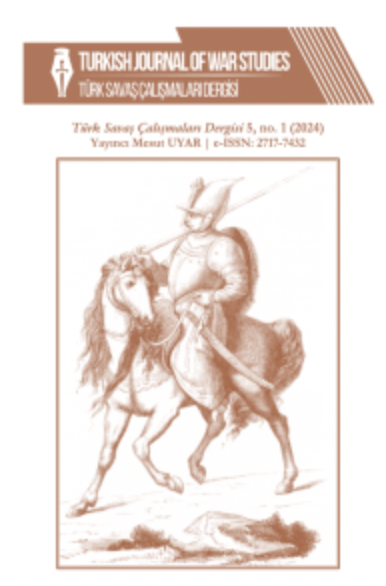Public Diplomacy and Political Propaganda: A Conceptual Discussion

“Public diplomacy”, named by Tufts University Dean Edmund Gullion in 1965, has had an important share in 20th century political history. The concept in question emerged as a foreign policy technique used in the competition between the United States of America (USA) and the Union of Soviet Socialist Republics (USSR), especially during the Cold War period. As Joseph S. Nye briefly expressed the concept of soft power as “winning hearts and minds” in his book titled “The Means to Successin World Politics: Soft Power” (2004). The concept of public diplomacy, on the other hand, has increased the interest in question and has led to the concept being mentioned more in the discipline of International Relations. There is also a large amount of work written on the concept of propaganda, which can be expressed as a technique of influencing human activities through manipulation in general. However, it is a fact that Hitler Germany, with the establishment of the ministry of propaganda during the World War II, contributed to the enrichment of the aforementioned literature with the methods put into practice in institutionalization. But today, the concept of public diplomacy, which has just emerged, has been confused with the conceptualization of propaganda by the academics of the discipline of International Relations. This article aims to reveal the similarities and different aspects of these concepts by analyzing them both their etymological and historical contexts. Thus, it aims to prevent the semantic complexity by ensuring that concepts are used correctly.
Karadağ, Haluk. “KamuDiplomasisi ve Siyasi Propaganda: Kavramsal Bir Tartışma”. TürkSavaş Çalışmaları Dergisi, 4, no. 1(2023): 66-77.